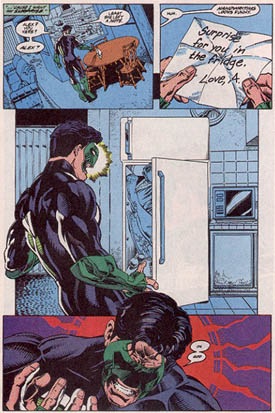
Luckily, since then, everything has been fixed!
Or not.
Anyway, the women write about comics site hosted a blog carousel asking writers to update their feelings on WiR. There are quite a few essays linked to and they will take a long time to read. Rather than my summarizing anything there, I will merely say a prayer to Stephanie Brown and Sue Dibny and move on.
Unrelated, but relevant, Sue at DC Women Kicking Ass interviews Janelle Asselin former DC, now Disney editor about her college thesis on marketing to women in comics, and the conclusions she reached from a survey she ran. The whole thing is worth reading, but here’s perhaps the nut graph:
The primary conclusions I made from my research are that there are four different ways the comics industry can adjust to increase sales to an often excluded demographic that just happens – oh yeah – to make up over 50% of America. Those four ways are better marketing towards women, more inclusive content, more effective distribution, and changing the cultural preconceptions of comics. Not every company would need to do every thing on that list, obviously. There are great indie companies that produce content that is already woman-friendly – but people just don’t know about them yet. They would need to market to women better or find new ways to distribute. And better marketing to women would, over time, change the cultural preconceptions of comics.
The thing that surprised me the most was that the answers, as I saw them anyway, were not insane, drastic measures that companies would need to take. These are all within the grasp of comics publishers and retailers. Obviously the cultural preconceptions are difficult to change, but with the other three being adjusted, that would come eventually. It just takes actually considering women of any age a viable market for comics.
We wanted to end this on an upbeat note however. Although we linked to it before, the new This! Moments for women in comics has arisen specifically out of this discussion as a place for triumphant and heroic moments—definitely something worth tumblring about.


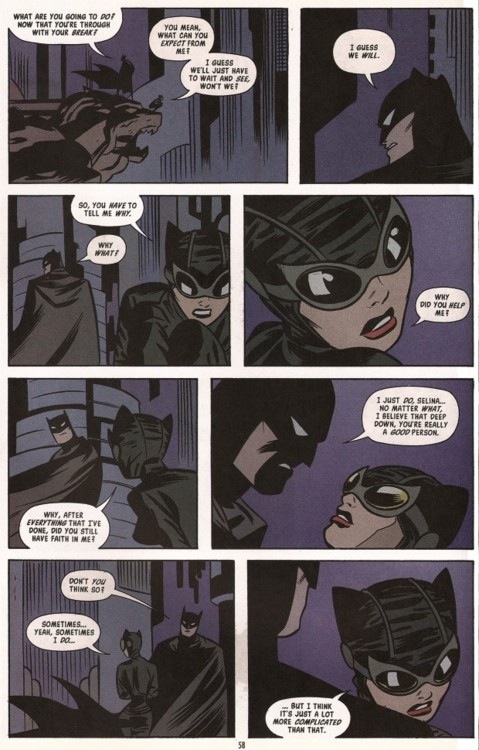
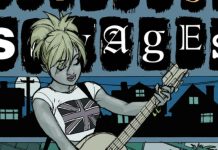
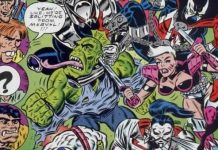


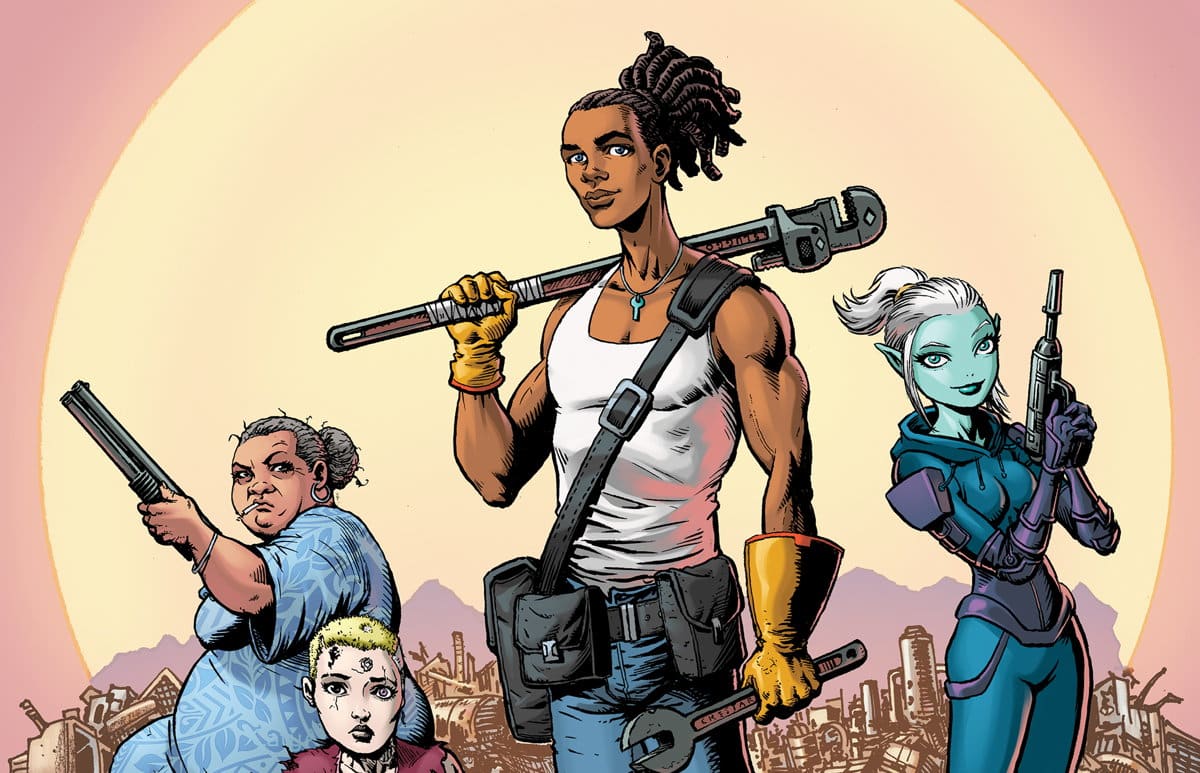


What a weird article. Why not start with the THIS! website and work the other way? Because that is always missing in the larger gender discussions; the focus on the stuff that is positive. I’d argue it’s because WiR is such a “loud voice” that the quality comics get marginalized. Preach the good, spotlight the bad, but don’t sacrifice the good for the bad.
Funny how after all that, Simone became one of the most vocal apologists for DC’s line of hateful, violent, misogynist comics.
I can’t believe that Ambush Bug would be so judgemental.
Wait wait wait.. are you telling me that women do NOT want to read comics in which female characters are crippled, raped, or stuffed into a refrigerator just so that the strong male heroes can go on some kinda of Charles Bronson revenge fantasy?
That is so confusing! You women folk are so confusing. It’s so difficult to figure out why you don’t want to read OUR comic books. What’s wrong with YOU?
[This is what the heads of major comics publishers actually believe.]
I, too, feel there should be more focus on the comics that succeed in this matter at this point. The more those ones are bought the more these companies will see how people ACTUALLY respond to legitimately positive female portrayal.
Comics blogs such as this one that choose to talk about this subject and “side” with women in their discussion should start having weekly or monthly spots showcasing comics that treat women well. That way it’s not just lip service but actually helping change the way comics are looked at with regards to gender!
@Mikael: The article leads with WiR because the occasion of the article is the 13th anniversary of WiR.
” The thing that surprised me the most was that the answers, as I saw them anyway, were not insane, drastic measures that companies would need to take.”
Ironically — or maybe not — you could say that about most issues with the industry. This is not a place where sanity and clear business savvy prevails.
When was I ever a comics journalist?
Otherwise, very nice piece.
“The thing that surprised me the most was that the answers, as I saw them anyway, were not insane, drastic measures that companies would need to take. These are all within the grasp of comics publishers and retailers.”
Ms. Asselin’s assertion would have been more convincing had she been more explicit about her non-insane, non-drastic measures. From reading the interview, the only measures I noted were:
“make sure the content was woman-friendly” (with a concomitant increase in advertising)
and on a related note:
“More product made for women, definitely. Product that’s made for men that’s less misogynistic. Product that is aimed at both genders.”
The problem with these initiatives (if they are more than one) is that before you can court one audience you’d better be sure you don’t lose the one you’ve got.
I don’t think extreme violence in adventure-comics is, even when directly against fictional female characters, intrinsically misogynistic (though to be sure, Ms. Asselin doesn’t define her use of the word in specific terms). I didn’t care for the original story that spawned WOMEN IN REFRIGERATORS but the author wasn’t wrong to use violence to motivate an adventure-character into action.
Whatever you want to say about the DM audience that supports the Big Two, it’s clearly an audience that’s reasonably comfortable with extreme violence against both male and female characters. The big question is, if DC and Marvel started directing resources toward this hypothetical “both genders” market– and DC at least has made some stabs in that arena– will the old audience follow, or seek out other media?
Comments are closed.